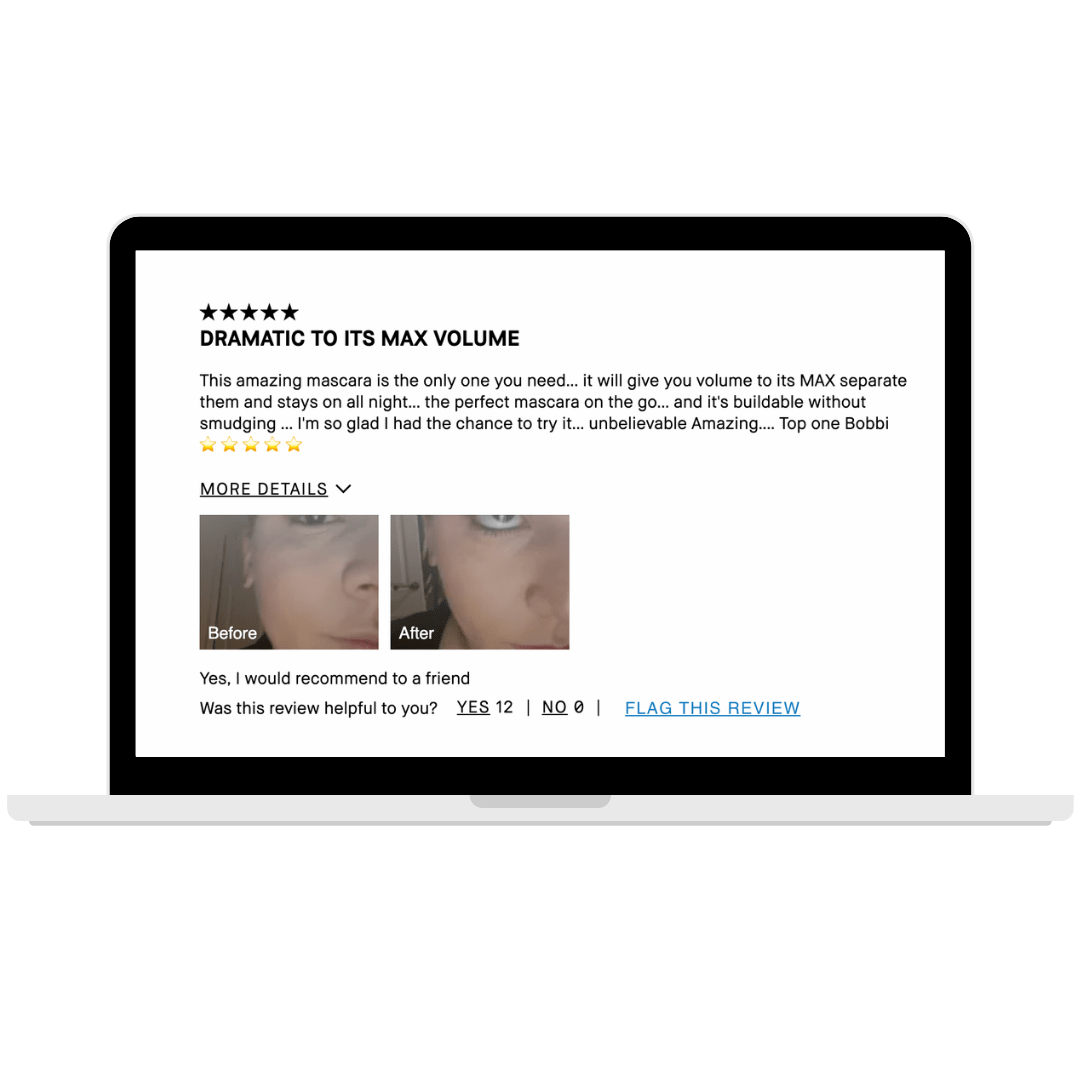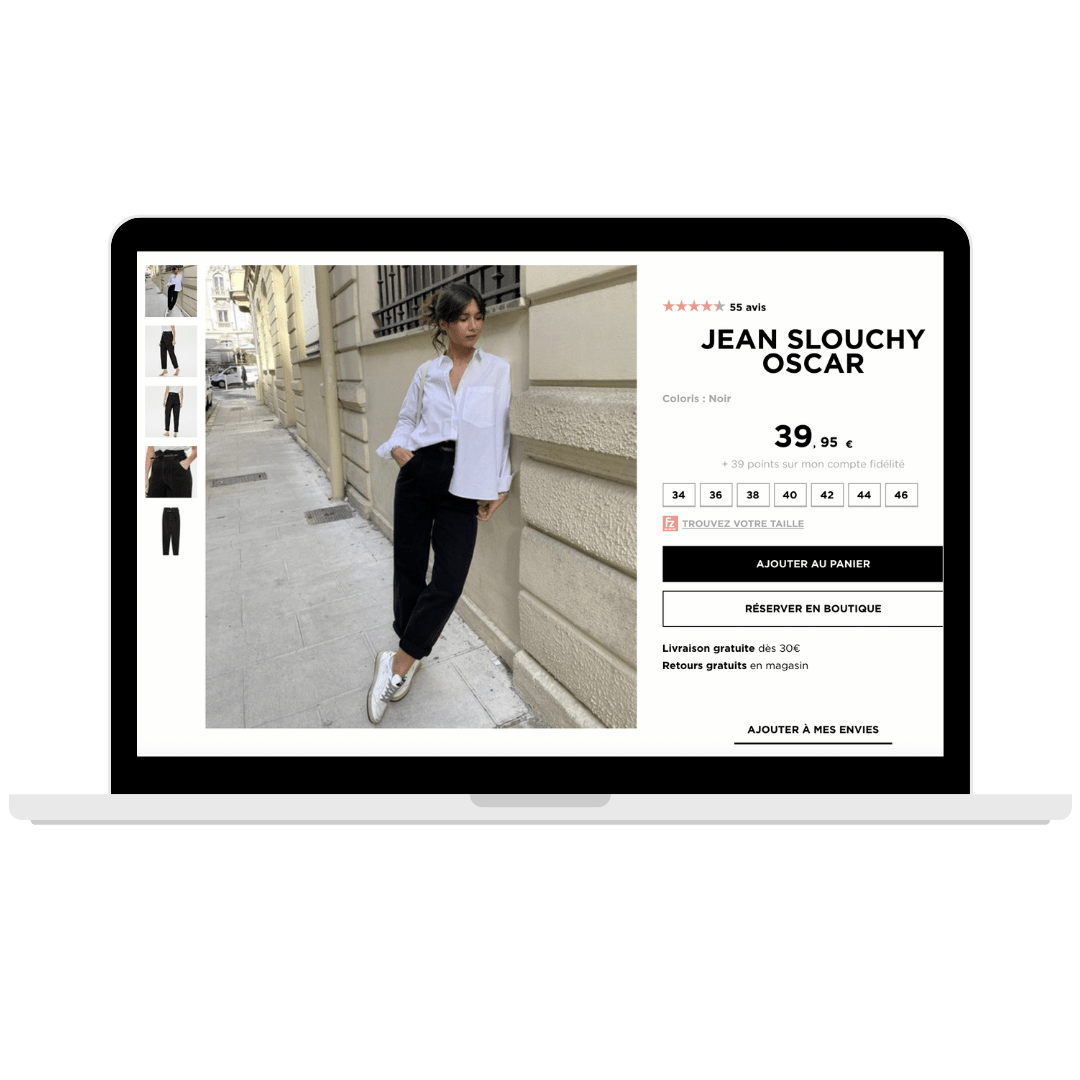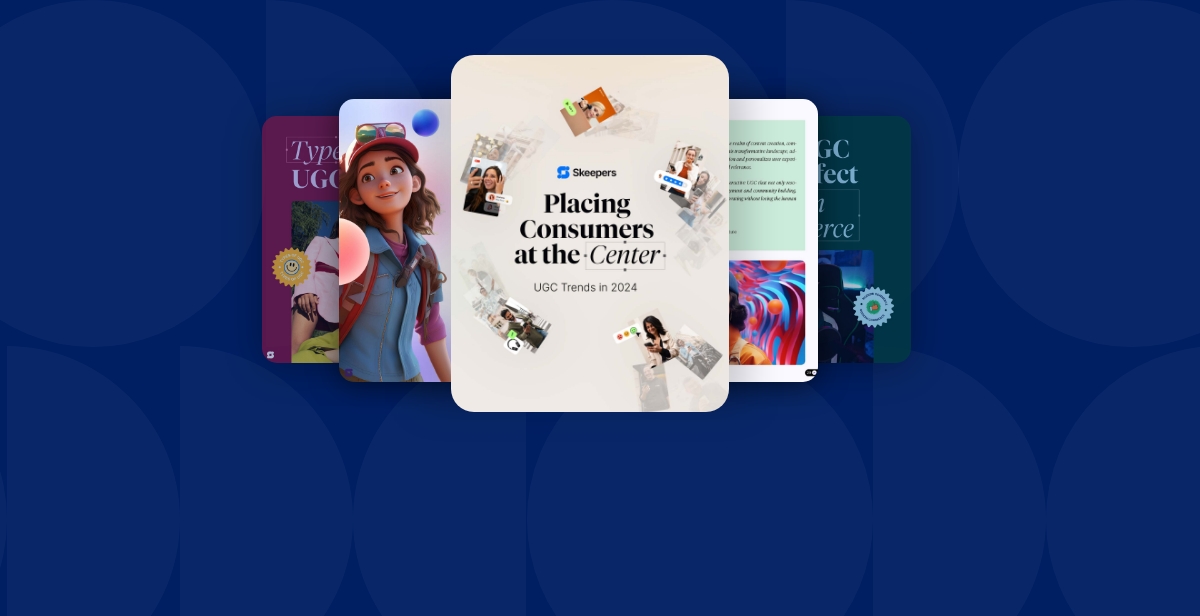UGC or (User Generated Content) corresponds to all the content generated by users on all expression platforms such as social networks, forums, or websites. Unlike brand-generated content, UGC is a category of Earned Media that takes the form of photos, videos, but also written content such as comments or reviews. A guarantee of authenticity and...
UGC or (User Generated Content) corresponds to all the content generated by users on all expression platforms such as social networks, forums, or websites. Unlike brand-generated content, UGC is a category of Earned Media that takes the form of photos, videos, but also written content such as comments or reviews. A guarantee of authenticity and credibility for brands, this marketing lever has become a must.
In addition, following the Covid-19 pandemic, consumer habits have been undeniably disrupted: online shopping, which has become a necessity, has grown considerably. Expressed by a saving of time and ease of purchase, the users do not escape it anymore, and yet, buying online can prove to be more delicate than buying in-store. Indeed, it is difficult to make a personal opinion or to be 100% convinced of a purchase when a consumer is unable to test a product/service or benefit from expert advice in the store. UGCs have emerged as the ultimate reference for post-purchase consumers.
The growth vector to adopt for an effective strategy
Unlike advertising content that tends to promote products, UGC honestly reveals its real benefits. A real must-have for consumers and brands alike, UGC is a great opportunity to include in a content strategy. Authentic in nature, they aim to reflect reality and represent a valuable tool to guide consumers in their choices.In 2020, 85% of consumers believed that a UGC was more impactful than content proposed by the brand itself. This content feeds the user experience thanks to the wealth of information it offers and plays a major role in the purchase decision.

Photo credits : Bobbibrowncosmetic.fr designed by Hivency
For example, consumer reviews are a key type of UGC that has become almost a reflex in the buying journey: it is estimated that 87% of consumers consult an online review before purchasing a product, according to a study conducted by BrightLocal.
How to enhance the UGC?
As you can see, it is in the best interest of brands to valorize these UGC in their marketing strategy. A multitude of networks or platforms allow it, as it is the case of social networks.
Discover 4 examples of inspiring French brands that illustrate UGC efficiently:
1. Dior: Revealing UGC via a dedicated account
The emblematic house of Dior has created an Instagram account exclusively dedicated to content generated by the brand’s fanatics.
The @diorbeautylovers account is a real inspirational book of Dior skincare and cosmetics products photographed, tested, accessorized, and cherished by users. This Instagram account illustrates UGCs, each one as qualitative as the other, the ultimate solution to guide consumers in their purchases.
The brand reposts these exclusive UGC on the account thanks to tags (in this case @diorbeautylovers) that index influencers’ publications.
2. Promod: Feed its product sheets
The women’s ready-to-wear brand Promod feeds its website with UGC from influencers. It uses these UGCs as a way to enrich its product sheets and make the shopping experience more authentic. With an imaginative approach, these UGCs present the looks of influencers wearing the brand’s products, and give ideas on how to wear them, how to associate them, for which occasion…

As an example, the publication of French macro-influencer Lison Sebellin is used to illustrate the brand’s “Slouchy Oscar” jeans, which she wears with a white shirt.
Photo credits : Promod.fr designed by Hivency
Promod also offers Instagram users to publish their looks by mentioning the brand’s account and adding the hashtag #promodalamaison. These publications are also relayed on the website as a photo gallery, appearing below the product sheets. To encourage consumers to post, the brand offers a gift card each week to a different person, amounting to 50€.
3. Garnier: Using authentic and differentiating advertising
Garnier, to promote the hair products of the Fructis Hair Food range, used crash-test videos of YouTube influencers. By combining videos in which users give their opinions, the brand created a striking TV ad.
Garnier was able to capitalize on influencers’ UGC in an original and impactful way by bringing content intended for social networks to a traditional medium like television.
4. Estée Lauder: Boosting UGC on TikTok
The famous makeup, skincare and perfume brand Estée Lauder posts user-generated video content on its official TikTok page.
The visual aspect of a short and dynamic video allows the brand to diversify its content and amplify its presence on a fast-growing social network. The products can be presented and tested in a quick way thanks to the 60 seconds video format imposed by the platform. A good way to get an efficient opinion on a trendy product!
UGC in 2021: focus on authenticity
In 2021, UGC will continue to grow in popularity with a focus on authenticity and sincerity of content. Indeed, users consider a product with nuanced reviews more reliable than a product with only positive reviews.
Furthermore, being honest about user-generated content is a good way to achieve a high conversion rate. There is a 28% increase in consumer engagement for brands that share UGC with them. In addition to improving sales, this content allows influencers and brands to create a connection with their community, which feels in a trusted environment.
This is especially the case for nano and micro-influencers, who have a smaller community (between 5 and 100,000 subscribers for micro-influencers, and less than 5,000 for nanos) but also more engaged than mega-influencers.
Collaborating with these types of influencers is often synonymous with a successful and qualitative campaign: their engagement rate is 7 times higher than that generated by the biggest influencers.
In 2021, consumers are constantly looking for authenticity on social networks. Brands have understood this, and are more and more numerous to surf on this trend by amplifying UGC influencers. This explains the significant increase in micro and nano-influencer/brand partnerships identified during the lockdown periods: 40% of partnerships conducted by brands during the sanitary crisis were with influencers with a community of less than 15,000 followers.
UGCs will continue to rage on the different platforms.
Crédits photo : Nada Hanifah via Unsplash







